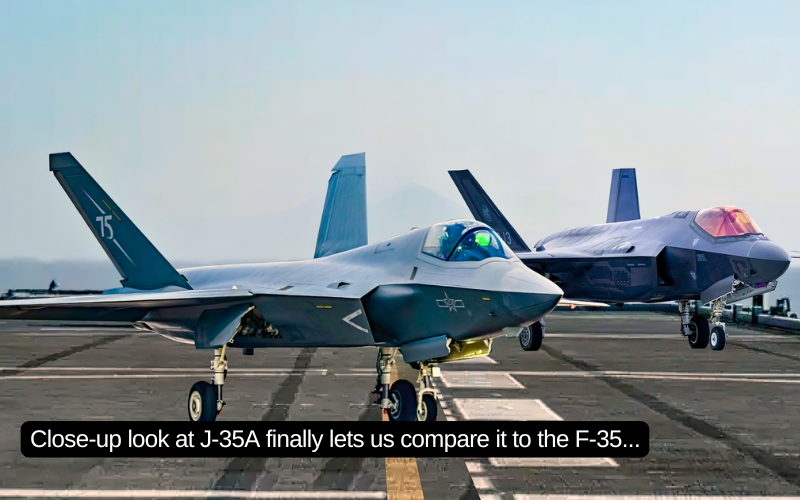The F-15 has been the premier USAF fighter plane alongside the F-16 for nearly half a century. After the USAF announced the F-22 and F-35 to replace them, many people began debating whether or not the F-22 was superior to the F-15.
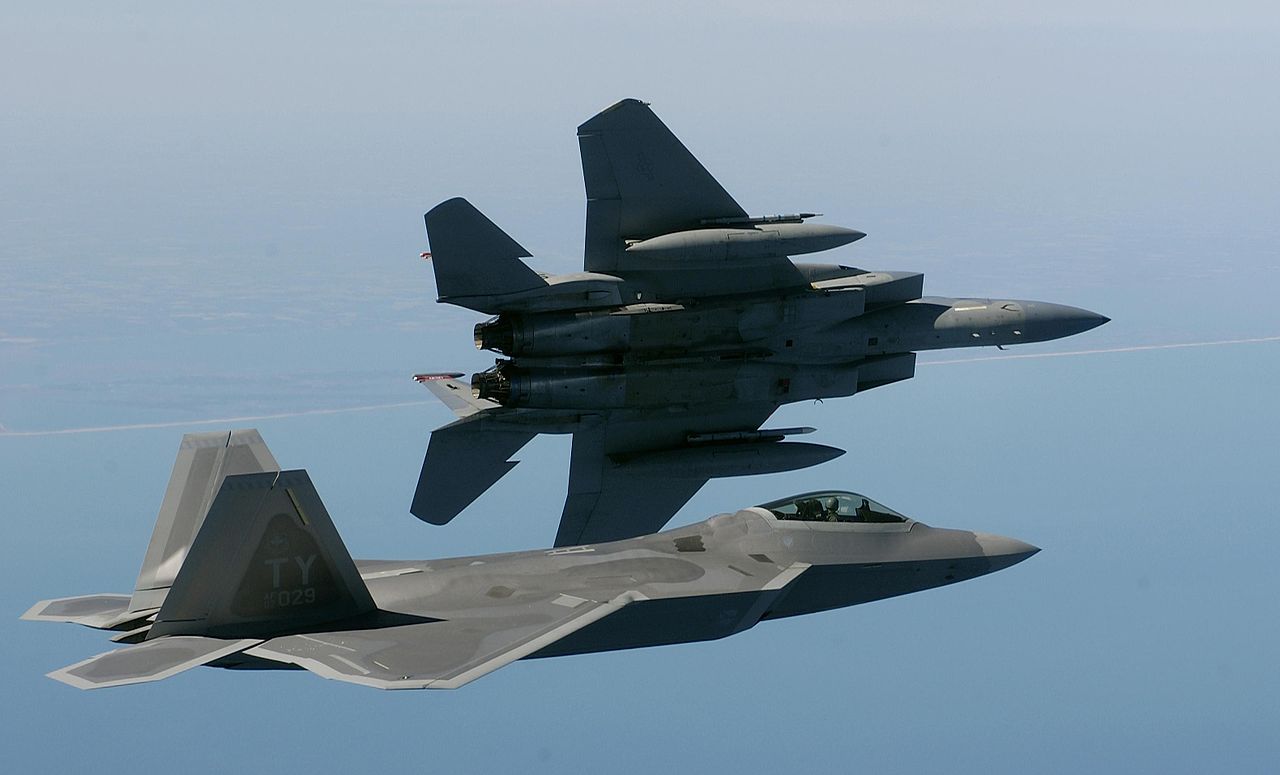
The F-15 and F-22 both date back to distinct eras, with respective design philosophies that reflect those times. Of course, they rarely engage in open conflict and frequently work together, so which is better?.
To find out which is better, let’s compare the two.
- The question is, which is the superior option?
- Exactly how different are these two planes?
Lockheed Martin F-22 Raptor
The Lockheed Martin F-22 Raptor is a single-pilot, twin-engine, all-weather stealth tactical fighter aircraft designed for the United States Air Force (USAF). The Advanced Tactical Fighter (ATF) program of the United States Air Force designed the aircraft to be an air dominance fighter while also adding ground assault, electronic warfare, and signals intelligence capabilities.
Lockheed Martin, the F-22’s prime contractor, built the majority of the airframe and weapon systems and oversaw final assembly, while Boeing provided the wings, aft fuselage, avionics integration, and training systems.
The aircraft had its maiden voyage in 1997 and had been known as the F-22 and F/A-22 before it was formally adopted as the F-22A in December 2005. Despite its extensive development and operating issues, the F-22 is nevertheless seen as a key aspect of the USAF’s tactical airpower. When the fighter’s stealth, aerodynamic performance, and mission systems are all taken into account, it becomes capable of conducting air warfare on a scale never seen before.
F-22 Cockpit
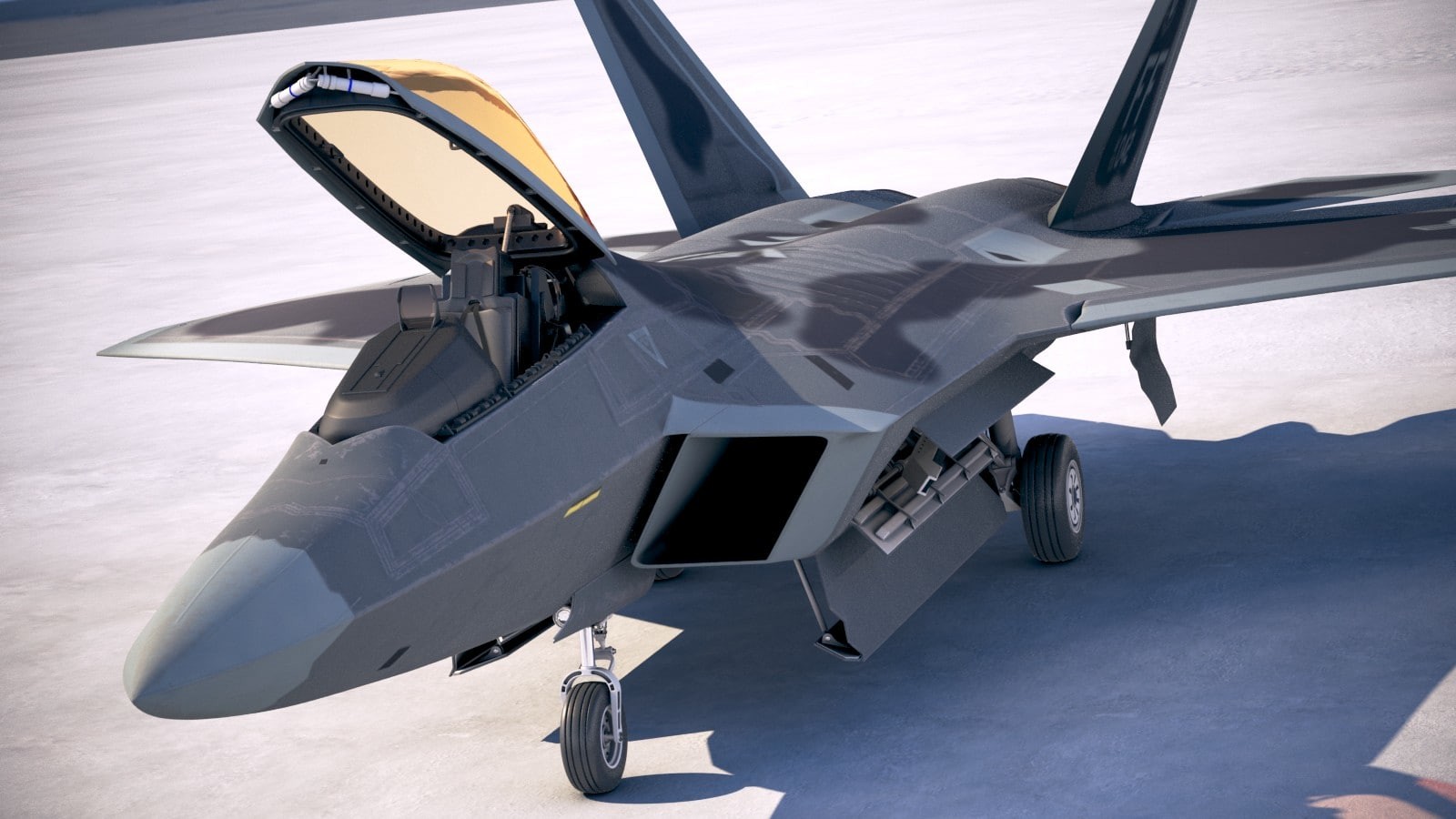
Traditional throttle and stick controls are installed in the cockpit (HOTAS). The cockpit’s LCD displays are six in number, all of which are color. From the air and the ground, Kaiser Electronics’ primary projection multifunction display outlines the threats, their relative relevance, and where they can be tracked.
There are a number of ways to communicate, as well as maps, ID badges, and flight displays, all of which can be viewed on two screens. Data on air and ground threats, inventory management, and security alerts are displayed on three tertiary monitors.
BAE Systems’ HUD shows the target, the weapon, the weapon’s envelope, and the time remaining until firing. An onboard camera captures all HUD data for playback at a later time.
F-22 Weapons
A Vulcan cannon similar to the M61A2 is installed internally above the right intake duct. The 480 rounds of 20mm ammunition stored in the General Dynamics linkless ammunition handling system are used to feed the cannon at a rate of 100 rounds per second.
External fuel tanks and the AIM-120A AMRAAM can be attached to the F-22 Raptor’s four hard points on the wings. The Raptor conceals three weapon bays inside its body. There is space for six AMRAAM AIM-120C missiles in the primary weapons bay, or four AMRAAM and four 453kg (1,000 lb) GBU-32 joint direct attack munition.
EDO Corp. LAU-142/A AVEL AMRAAM pneumatic-ejection system installed in the bay’s launcher and operated by the store’s management system. The Raytheon AMRAAM is a radar-guided, fire-and-forget, air-to-air missile with a 92.6 km (57 mi) range that can be fired in all weather. Each side compartment may store a single Lockheed Martin/Raytheon AIM-9M or AIM-9X Sidewinder all-aspect short-range air-to-air missile.
Boeing’s small diameter bomb (SDB), which uses global positioning system (GPS) technology, was integrated into the F/A-22 in February of 2007. On the back of two AMRAAMs, you can carry as many as eight SDBs.
Countermeasures of F-22 Raptor
A radar warning receiver and a BAE Systems information & electronic warfare systems (IEWS) missile launch detector make up the aircraft’s electronic warfare suite.
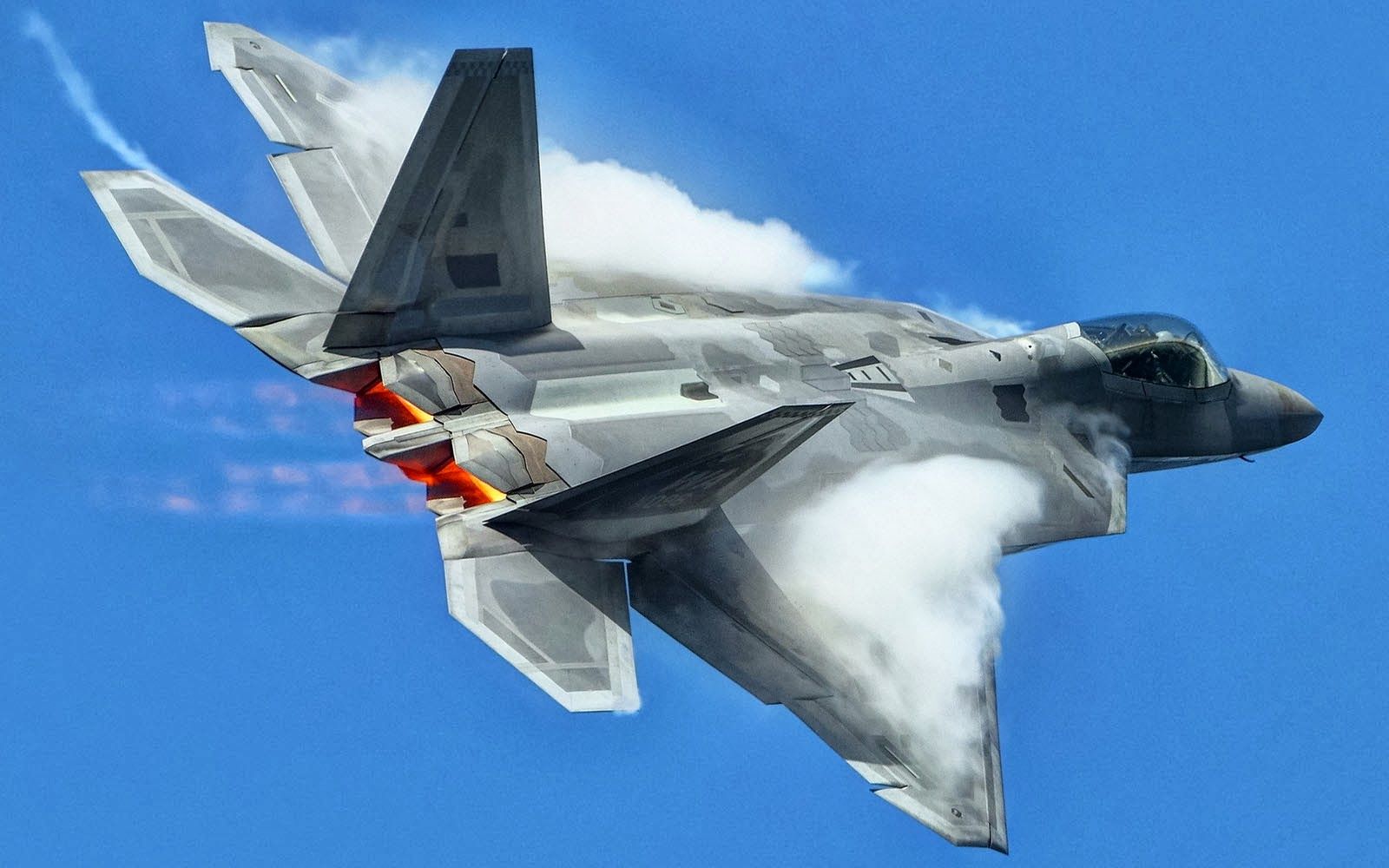
Bases
The first F-22A Raptor operational wing was stationed at Langley Air Force Base in Virginia. Elmendorff Air Force Base in Alaska was the second in August 2007, and Holloman Air Force Base in New Mexico was the third in June 2008.
The active Raptors also call Hickam Air Force Base in Hawaii home. The aircraft’s 2006 performance earned it the Robert J. Collier Trophy from the National Aeronautic Association.
Variants of F-22
YF-22A – Two YF-22As were produced as a prototype for the Advanced Tactical Fighter (ATF) program’s demonstration and validation phase.
F-22A – In the early 2000s, the F/A-22A designation was given to the F-22A single-seat production version.
F-22B – As a cost-cutting measure, the F-22B two-seat variant was scrapped in 1996, and the corresponding test-flight aircraft orders were redirected to the F-22A.
To know more about Raptors compared with other aircraft, do check out our article- F-22 Raptor VS-Su-57 Felon.
Boeing (McDonnell Douglas) F-15 Eagle
American twin-engine, all-weather tactical fighter aircraft developed by McDonnell Douglas is called the F-15 Eagle (now part of Boeing). In order to fulfill its requirement for a dedicated air superiority fighter, the United States Air Force chose McDonnell Douglas’ design in 1969 after reviewing the submissions.
The Eagle entered service in 1976 after making its maiden flight in July 1972. With almost 100 victories and zero losses in aerial combat, with the majority of the kills coming from the Israeli Air Force, it is one of the most successful modern fighters.
The Eagle has been imported into Saudi Arabia, Israel, and Japan. The F-15 was initially intended to be an airplane with pure air superiority. It was built with an additional ground-attack capability, but it was rarely used. The plane’s design was adaptable enough to allow for an enhanced all-weather strike version.
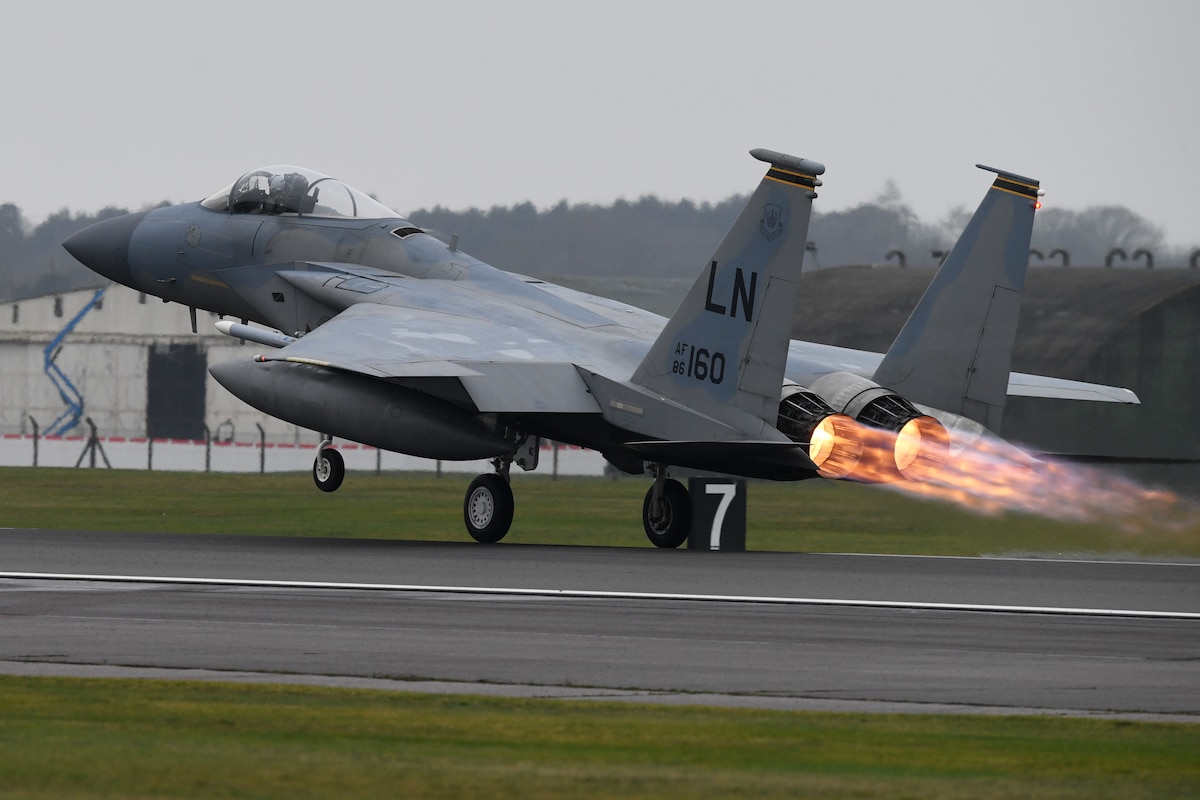
Development
Since 2001, the US Air Force has utilized F-15E aircraft nearly exclusively for close-air support. For the delivery of precise weapons like the joint stand-off weapon and the joint direct attack munition (JDAM), Boeing is updating the programmable armament control set and software (JSOW). In November 2008, the first F-15SG was released.
Cockpit
F-15B/D/E aircraft have a two-person crew, whereas F-15A/C aircraft have a single crew. The pilot and the weapon systems officer crew the F-15E Strike Eagle (WSO).
Two Sperry full-color and two Kaiser single-colour cathode ray tubes are installed in the WSO. The WSO can monitor the status of aircraft or weapons and potential threats by accessing data from radar, electronic warfare, or infrared sensors. With the use of a moving map display created by an AlliedSignal remote film strip reader, the WSO can also choose targets and maneuver.
Two single-color and one full-colour cathode ray tube can be found in the pilot’s crew station. With the aid of active-matrix liquid crystal display (AMLCD) technology, these are being updated to Rockwell Collins 5 in. Flat Panel Colour Displays. A Kaiser holographic wide-field-of-view head-up display (HUD) gives the pilot access to tactical and flight data.
Weapons
The F-15E aircraft can move up to 10432 kg (23,000 lb) of cargo. Up to four Raytheon AIM-7F/M radar-guided Sparrow air-to-air missiles, up to four Raytheon AIM-9LM infrared-guided Sidewinder air-to-air missiles, or up to eight Raytheon AMRAAM radar-guided, medium-range air-to-air missiles can be carried by aircraft.
These missiles have the following ranges: Sidewinder: 8 km (4.95 mi); Sparrow: 45 km (17.97 mi); and AMRAAM: 50 km (31 mi).
AGM-65 Maverick infrared-guided missiles and guided GBU-10, -12, -15, and -24 bombs are among the air-to-ground ordnance options. The 25km (15.5 mi) range of Maverick.
Global Positioning System (GPS) guidance has been added to the GBU-15 glide bomb for the first time, and it has been delivered for use on the F-15E. The combined air-to-surface AGM-158 missile from Lockheed Martin will also be capable of being carried by aircraft.
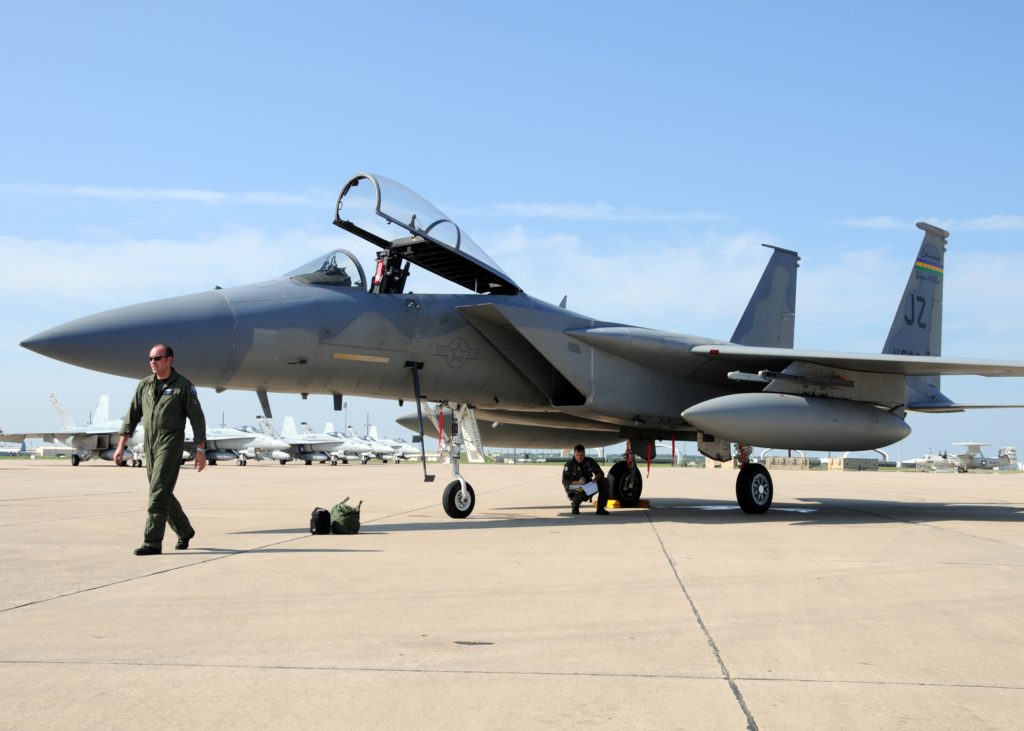
The Boeing GBU-39 GPS-guided 113kg (250lb) small-diameter bomb is only available for the F-15E. You can carry as many as 12 bombs. The SDB achieved Initial Operating Capability (IOC) on the F-15E in September 2006 after entering Low-Rate Initial Production (LRIP) in April 2005.
The right-wing root of the aircraft is home to an internal General Dynamics M-61A1 20mm Gatling cannon that can fire 4,000–6,000 rounds per minute.
Countermeasures
The aircraft is outfitted with an integrated internal electronic warfare suite that consists of the Raytheon AN/ALQ-128 EW warner, Northrop Grumman AN/ALQ-135(V) radar jammer, and Lockheed Martin AN/ALR-56C radar warning receiver. The ALQ-135 is being upgraded by Northrop Grumman to band 1.5 specifications. Additionally, it has AN/ALE-45 automatic chaff distributor from BAE Systems Integrated Defense Solutions.
Variants of F-15
It has many variants like F-15A, F-15B, F-15C, F-15D, F-15J, F-15DJ ,etc but some of the major once are.
F-15N Sea Eagle – The F-15N was a carrier-capable variant proposed in the early 1970s to the US Navy as an alternative to the heavier and, at the time, considered to be “riskier” technology program, the Grumman F-14 Tomcat.
F-15E Strike Eagle – Two-seat all-weather multirole strike version fitted with conformal fuel tanks.
F-15SE Silent Eagle – In March 2009, Boeing unveiled the F-15SE, a Proposed F-15E variant with a reduced radar cross-section via changes such as replacing conformal fuel tanks with conformal weapons bays and canting the twin vertical tails 15 degrees outward, which would reduce their radar signature while providing a slight boost to lift to help offset the loss of conformal fuel tanks.
F-22 Raptor vs F-15 Eagle
Specifications
Basics

Dimensions and Size

Performance

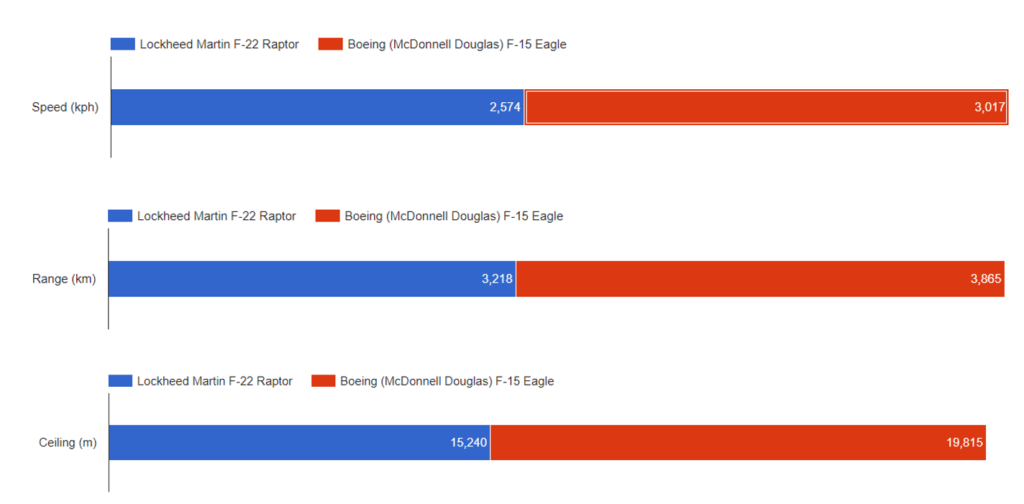
Engine
F-22
Two Pratt & Whitney F119-100 engines serve as the primary propulsion for the F-22. The F119-100 is a low bypass after-burning turbofan engine that has a thrust output of 156 kN. The F119 is the first fighter aircraft engine to be outfitted with hollow broad chord fan blades, which were put in the initial fan stage of the engine.
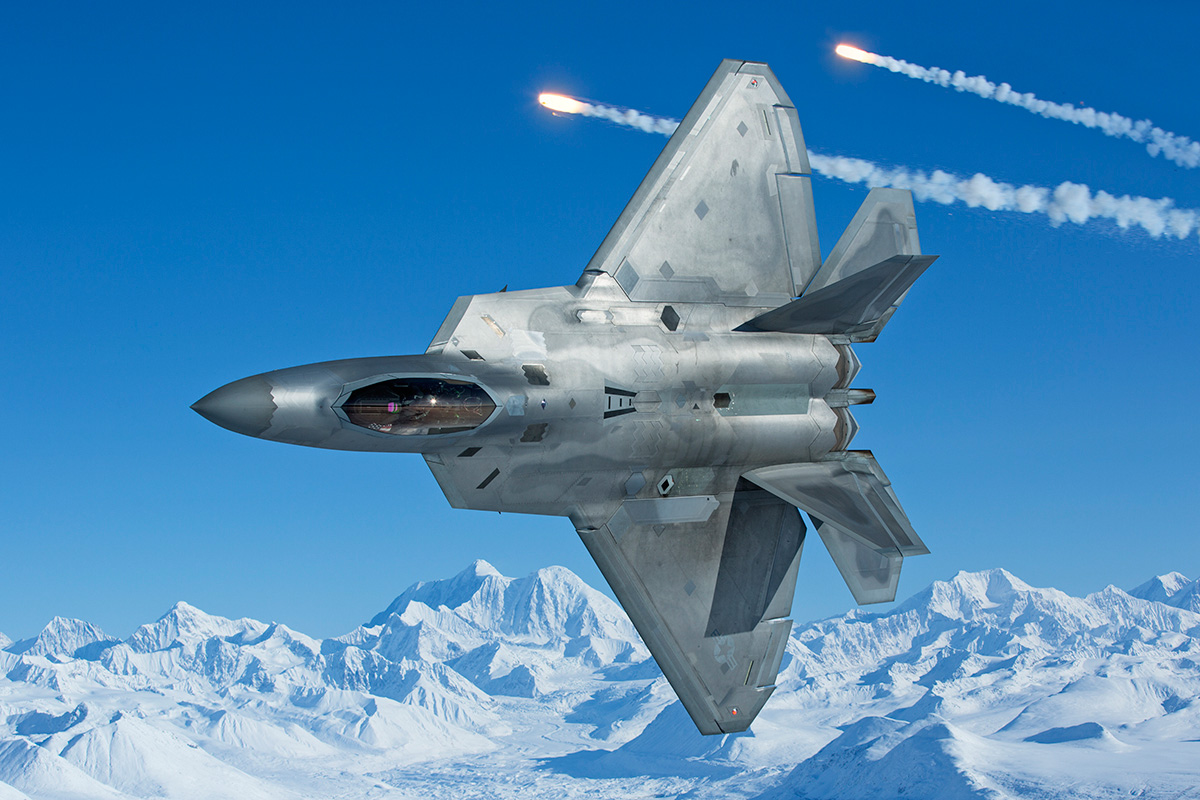
F-15
Each engine in an F-15E is powered by a Pratt & Whitney F100-PW-229 low-bypass turbofan, which is capable of producing 13154 kg (29,000 lb) of thrust individually. The digital electronic engine control system enables the pilot to accelerate from idle power to maximum afterburner output quickly. This acceleration may be accomplished in about four seconds.
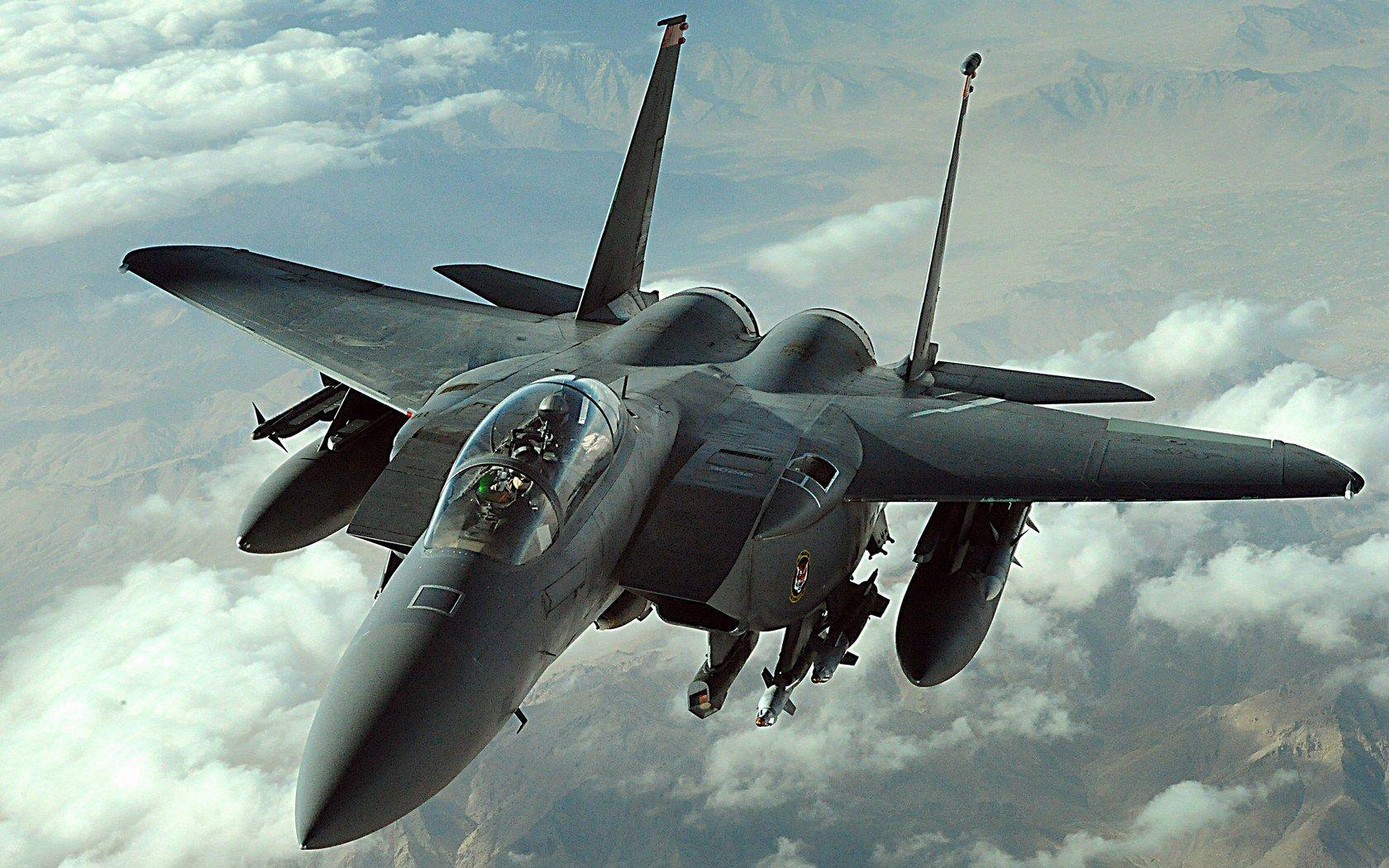
FAQ
Why is the F-22 slower than the F-15?
The F-22’s internal armament storage makes it bulkier than the F-15, which results in increased wave drag due to the F-22’s larger size. Additionally, because the engine intakes were not intended to function at speeds greater than 2469 kph (1534 mph), the rate of pressure recovery in those components decreases as the vehicle’s speed increases.
Do pilots like F-22?
One of the most technologically advanced fighter jets currently in use is the F-22. However, operating and maintaining such a high-quality airplane is difficult and expensive. The attributes of the Raptor make it popular among pilots, in spite of the difficulties that it presents.
Why did they retire the F-22?
The United States Air Force (USAF) has decided that it will begin the process of retiring the F-22 Raptor around the year 2030. This decision was made for primarily two reasons: the high operating costs of the F-22, and the F-22’s obsolescence in a number of areas, with the latter being the primary reason.
Why does the US not sell F-22?
In order to safeguard its stealth technology and other secret components, the F-22 is prohibited from being exported by federal law in the United States.
Is Su-35 better than F-15?
The capabilities of the most recent enhancements to the F-15 are matched or even surpassed by those of the Su-35. In point of fact, despite the fact that the Flanker-E has a top speed that is marginally lower than that of the F-15C, it has the ability to out-accelerate the Eagle thanks to its powerful twin Saturn Izdeliye 117S engines, each of which produces 14469 kg (31,900 lb) of thrust.
Do we still use F-15s?
In 1972, the first F-15 took to the air, and in 1976, the first Eagle went into service. 2001 saw the construction of the final F-15E Strike Eagle to serve in the US Air Force. Nearly 500 Eagles are still in service with the Air Force as of this writing, serving in almost every capacity a contemporary fighter jet is capable of.
Source: engineerine.com









